In a major escalation of trade tensions, the United States has imposed a steep 145% tariff on Chinese imports, sending shockwaves through global markets and rattling supply chains. The decision, aimed at curbing dependence on Chinese goods, has drastically increased the cost of a wide range of products from smartphones and laptops to furniture and textiles.
Before the tariff hike, a mid-range Chinese-made smartphone sold in the U.S. for around $500. Now, the same device can cost over $1,200, pricing out many consumers and forcing American businesses to reconsider their sourcing strategies.
China Under Pressure
The impact on China is significant. With prices of Chinese goods surging, their appeal in the U.S. market is fading fast. This could lead to a sharp decline in Chinese exports, factory slowdowns, and potential job losses in its already strained manufacturing sector. Analysts warn that if the trend continues, China may face long-term damage to its global trade dominance.
India’s Strategic Opening
As China grapples with the fallout, India is emerging as a key contender to fill the gap. With competitive manufacturing capabilities, a growing tech sector, and strong diplomatic ties with the U.S., India is well-positioned to offer American companies a reliable alternative.
Products like smartphones, electronics, pharmaceuticals, garments, and auto components could see a surge in demand from the U.S. if Indian exporters move swiftly. The shift also offers India a chance to attract investments from multinationals looking to diversify their supply chains.
The 90-Day Window
Adding to the urgency, former President Trump has granted a 90-day tariff relief to other trading partners, effectively giving nations like India a short runway to capitalize on the changing trade dynamics. It’s a limited but powerful opportunity for India to showcase its potential as a scalable and dependable manufacturing hub.
What Lies Ahead?
While American consumers brace for higher prices and inflationary pressure, the bigger story might be the reshaping of global trade. The U.S.–China tariff war is no longer just a bilateral dispute it’s a signal to the world that the old trade order is being challenged.
And in this moment of disruption, India could emerge stronger, more relevant, and more globally integrated than ever before.
Tariff Shock: How U.S. Sanctions on China Open Doors for India
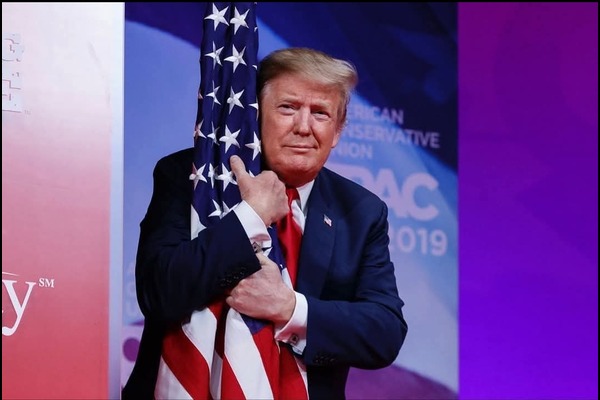
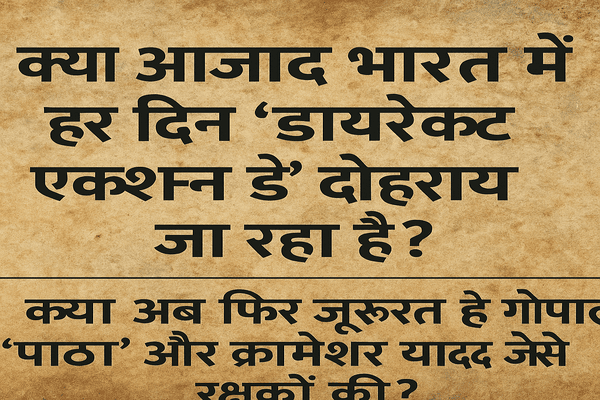
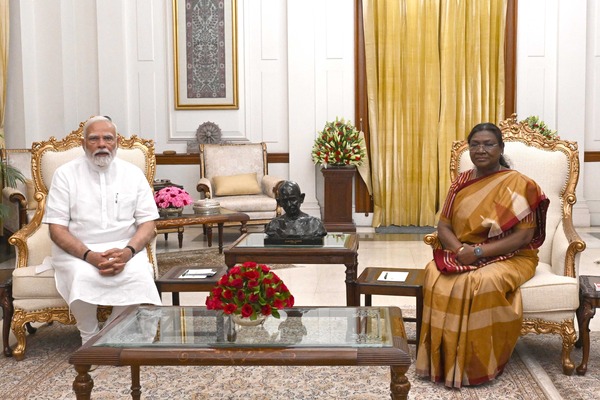

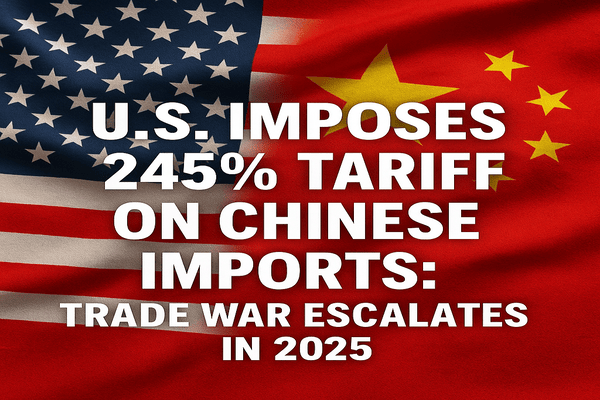


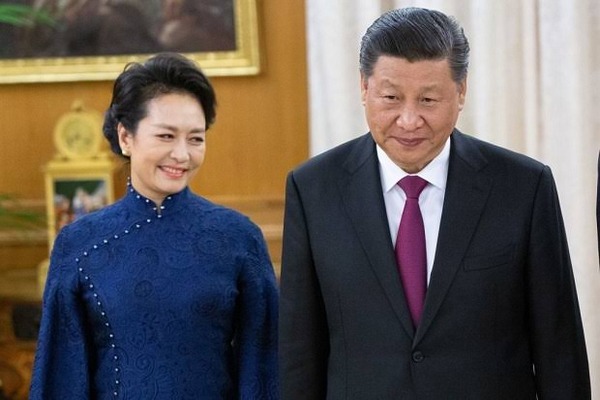


Leave a Reply